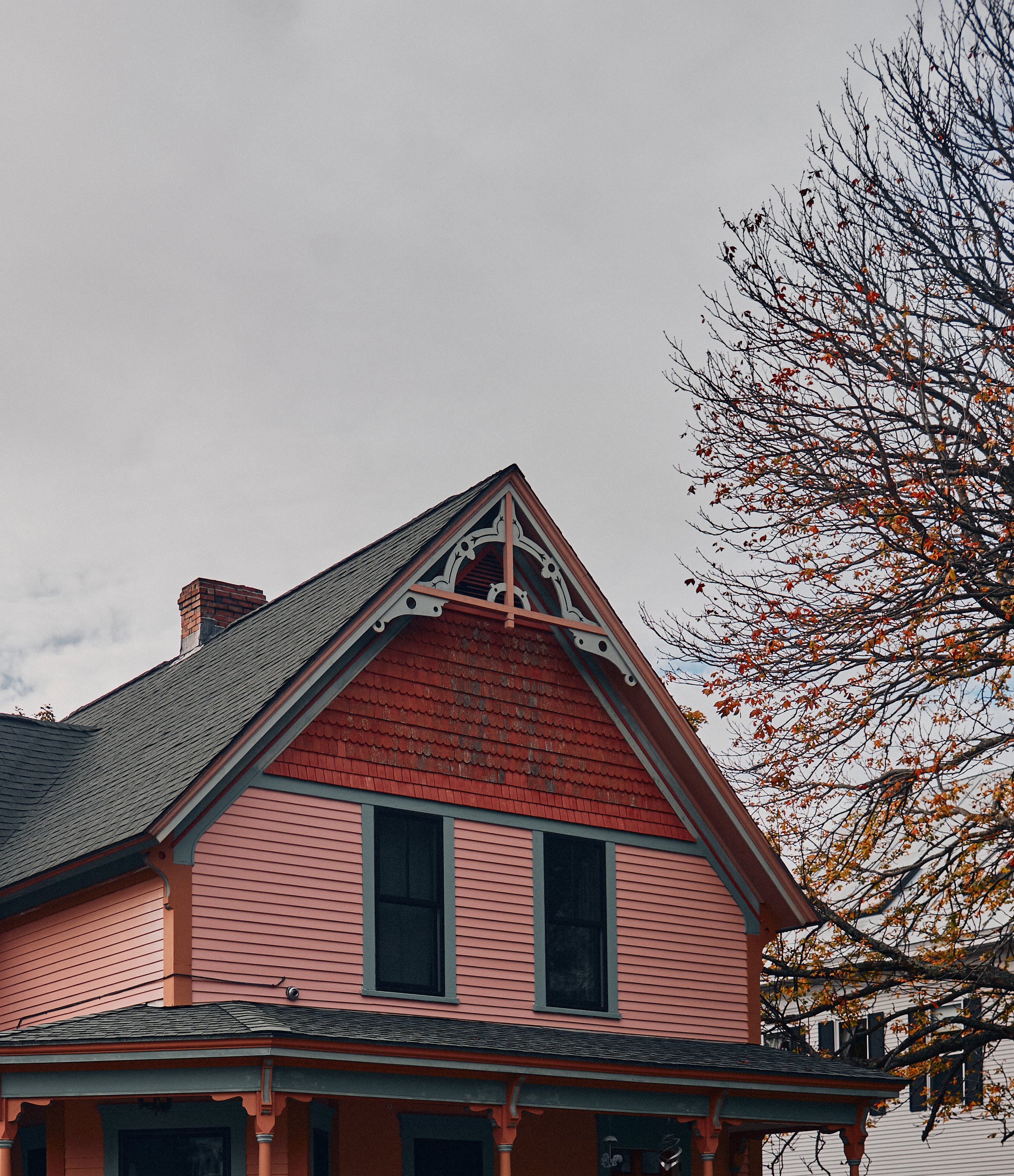SEASONS OF NATURE AND LIFE
Words and photography by Steve Shannon
Chug-chug-chug. Chug-chug-chug. Nothing. I wipe the frost off my seat and wait for the battery to warm up a bit more. The sun is out, but the chill in the air and fresh snow on the distant peaks mean winter is not far off. Eventually the bike starts, and we’re off for what might be our last ride in the high country for the season.
With cooler days, beautiful light and the alpine snow finally melted out for maximum access, these are the days I live for. It’s a fleeting season where the mornings are cold, the days are short, and everything has to come together just right. One storm can end it all, so when the conditions are right, you know it’s time to drop everything and get out for a ride.
Exploring the Columbia Mountains is a special treat. Mostly hidden from the general population, these towering peaks are lesser known compared to the Rockies to the east or the coastal mountains to the west. I prefer it that way. It takes more planning. Hours of poring over maps, searching for the elusive mining claims staked a century before, in hopes of finding a route that isn’t completely destroyed by time and weather. Luckily some of these old routes are still intact, providing the perfect gateway into the high country. And like most things in life, the extra effort is worth it.
The farther we gain elevation, the more the trees and foliage slowly reveal a colorful spectrum. Vibrant hues only found during a few short weeks of the year. From low-lying valleys filled with golden stands of aspen, we climb through mature fir and spruce until we approach tree line, where we were greeted by unrivaled splendor. Larch trees during the autumn season are truly magical. Though they are a conifer, their character is more deciduous, as their needles turn vibrant shades of orange before falling off for the winter. Riding through this magnificent forest is like something out of a dream, and knowing that it only lasts for a moment every year, it makes me think about the fleeting nature of life.
My dad was the one who got me into motorcycles when I was a kid. He took me on adventures and supported my passion for racing. He instilled a love for the outdoors, and a respect for the mountains and has supported me through the numerous peaks and valleys of life. He’s always had my back, encouraged me to follow my dreams and has helped pick me up when I’ve fallen down.
Unfortunately, his kidneys are failing, and days are numbered. He’s still able to ride, though I don’t know for how much longer. Roles are reversing, and now I’m the one picking him up when he falls down and taking his bike through the really hard sections. I cherish rides with him, as I know someday soon it’ll be his last.
Above tree line, the views opened up to show rugged alpine peaks and glaciers. The road crumbles apart into nothing more than a rocky path as we continue to climb. We’re in the heart of the Columbias, surrounded by some of the highest mountains in the range. With steep, craggy peaks draped in broken glaciers, the views are stunning. After a steep, loose climb up a scree field, we reach the top and are greeted by views of the neighboring valley. From the ridge top, we’re able to connect right to the toe of a nearby glacier, its blue ice a stunning contrast to the autumn colors in the valley. The exposed ice is melting rapidly, and as annual temperatures continue rising, this glacier’s days are numbered as well.
Watching the glacier melt tumble over polished rock into the valley below, I lose myself in thought once again. Why is it that these beautiful things can’t last forever? The melting glacier. My aging father. I’m not ready to lose him yet. We’ve had many adventures and great times, but there’s still more I want to share with him. Family has always been a pillar in my life, but I’ve yet to start one of my own. How much longer can I wait?
A cold breeze snaps me back as the autumn sun is quickly fading behind the peaks. A chill in the air means this is likely my last trip to the alpine for the season. It’s time to head home. As I descend back into the warmth of the valley I realize that instead of fighting it, I just need to accept the fact that time is limited, and it’s fleeting moments like this that make it all so special.












